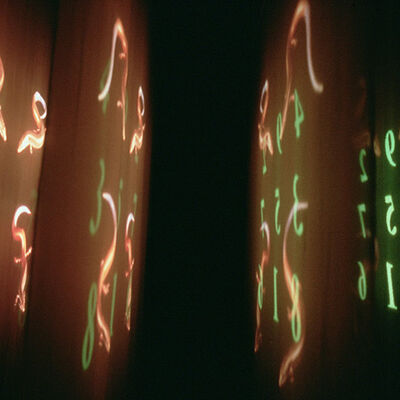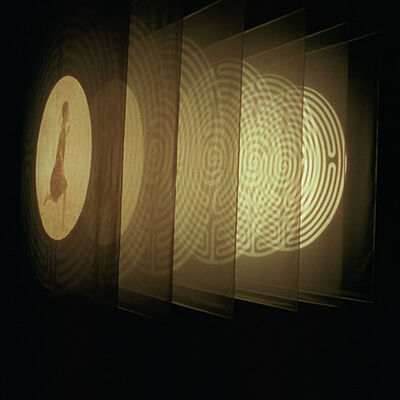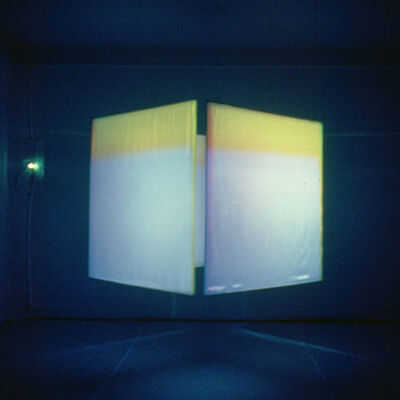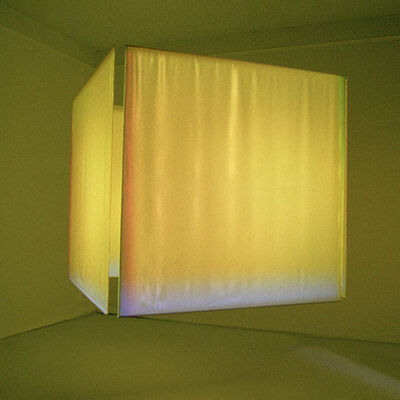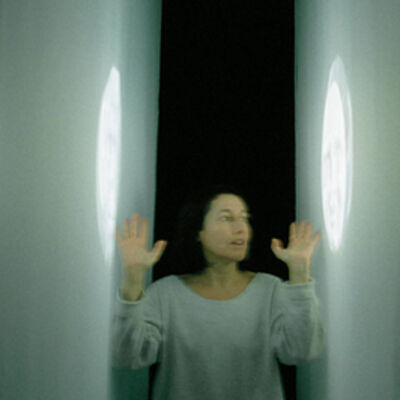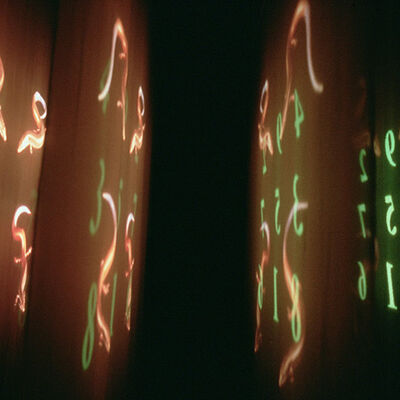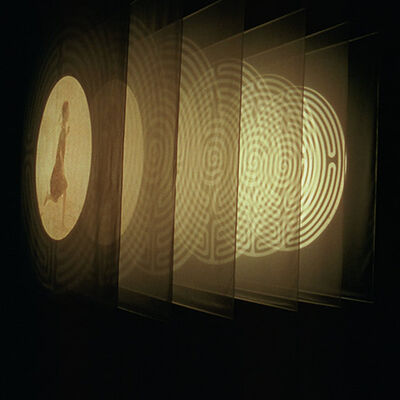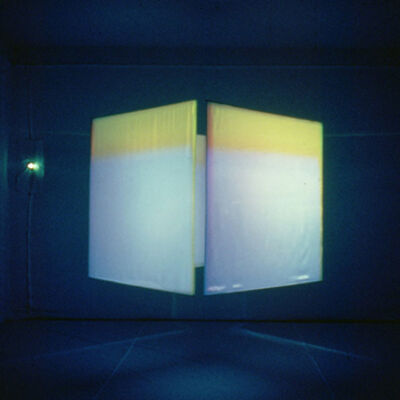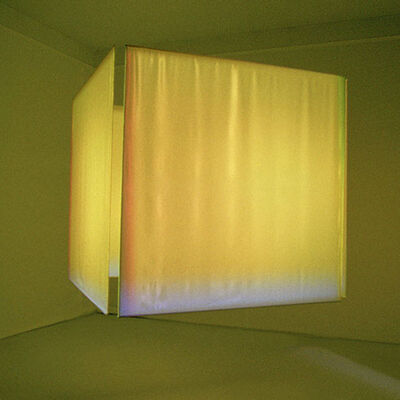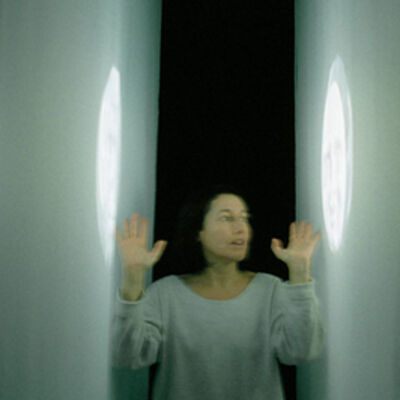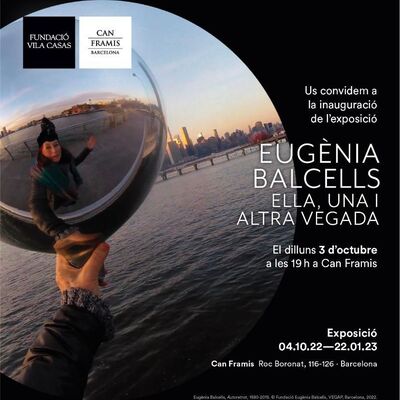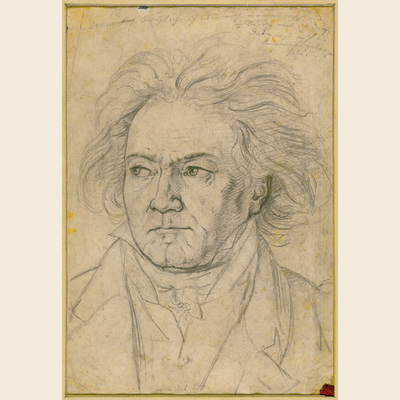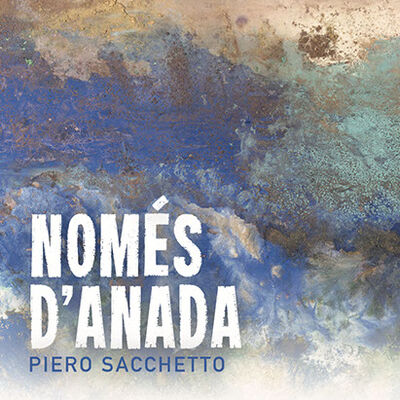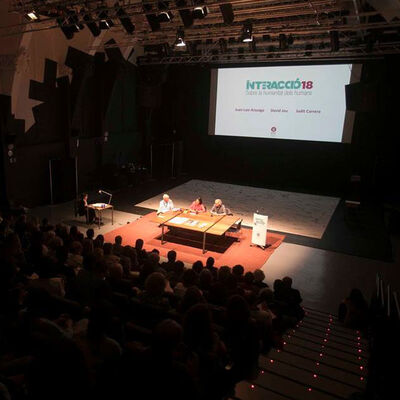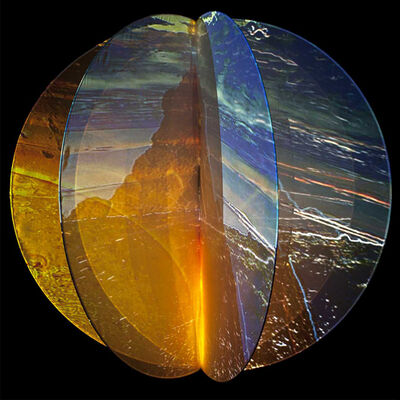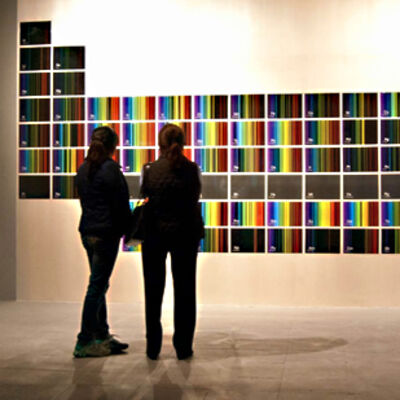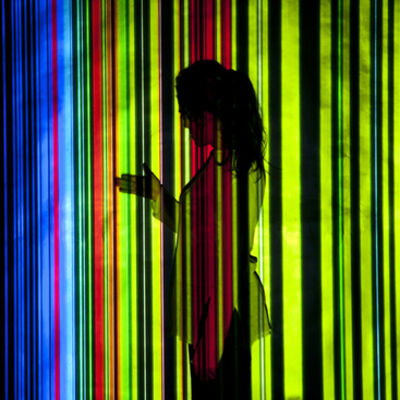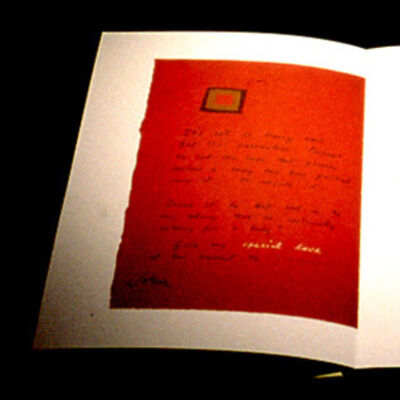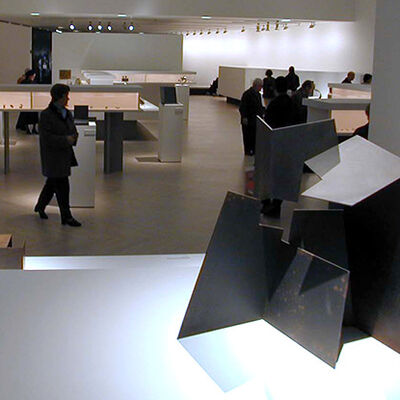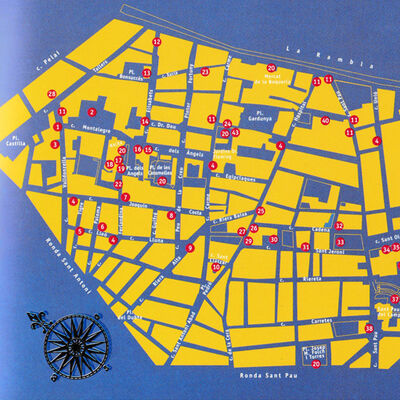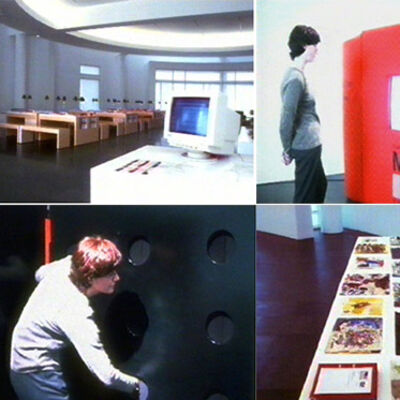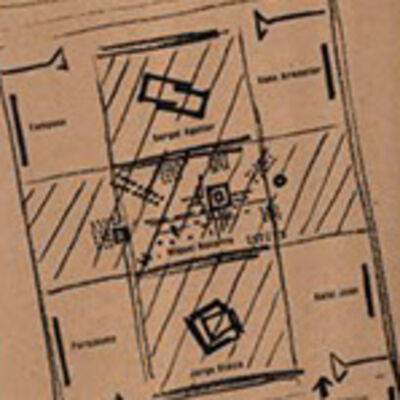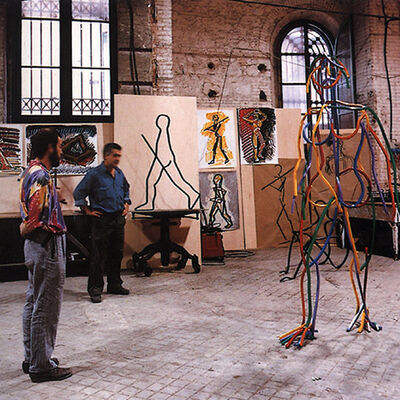Seeing the Light
An installation by Eugènia Balcells
Museu d’Art Contemporani de Barcelona 1997
Sa Llonja de Palma 1998
Palazzo Re Enzo, Bologna 1998.
Disseny i maquetació del catàleg: Edicions de l'Eixample
Veure la Llum (Seeing the Light) is an exhibition organized in the framework of the education project of the Museu d’Art Contemporani de Barcelona to provide visitors with an entry into contemporary art by means of art itself. The principal aim is to transform a powerful artistic experience into a criterion that serves as a basis for the contemplation of works of art.
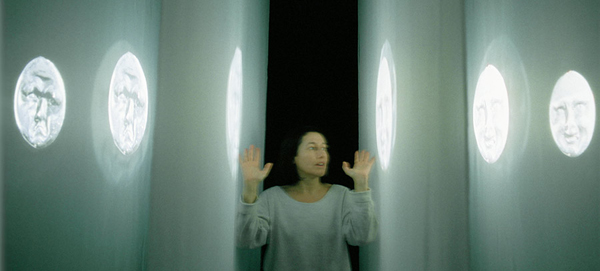
Light Notebook
1
Everything is one until light creates multiplicity. Colours delineate forms. They make space and are defined in time. Colours create differences and announce the rhythm of words.
White light, the sum of all colours, is the ultraviolet of knowledge.
The light captured in a work of art adds a new world to the universe which already exists. A new white on black. A new black shading the white. Colours of the sun around megalithic towers; colours of fire fixed in ceramics which store grain; colours of earth in the blood wrapping a birth; colours of the moon on the strange roads of the future; colours of the wind which mix bines and greens until they find yellow: colours of the sea, the referents of the sky. Colours and forms, names. Names of colours that qualify sensations. Perceptions that modify the gaze, the colour of eyes that search, eyes that sleep protected by the indescribable palette of an unconquerable pillow. Colours that blend, words that bind. Thoughts that make us eternal hunters of the light that never accepts boundaries.
Open your eyes, move around, and you will see the works of art palpitating. Kindle once again the wick of the candle that warms as it lights.
May your journey be a pleasant one.
2
Where does light come from? Where is light? How can we manage to see light? Is light the colour of things? Is it the speed of movement? Is it the space between what we can perceive? Is it the smoke of heaven? Is it darkness penetrated?
Light is the Trojan horse of artists. Of painters and sculptors who trap it in their works so that they can gaze at it at length; of writers and philosophers who use it to give shape to poetry and knowledge.
Who can imagine a mysterious universe without colour? Who can think of a welcoming universe without form? Who can conceive a human universe without knowledge?
With their constant anxiety for the colour, form and mystery of the universe, the arts demand a path of light. They demand to see the light and to ride on its rays along the uncertain venues of the possible.
Seeing the Light is an artistic installation which aims to be the beginning of an individual search for the present, the past and the future of the arts. To want to know the arts is also to want to mount this ray of light and follow with restless eyes the roads that artists have opened up.
Color Fields. Fields of cotton dyed by the alert morning sun. Pinks and blues until the intense yellow of midday. The whitish midday hour. A battle of colours in midafternoon. Powerful greens and softened blues, yellows again and all the colours of red ready. Evening. Intensity of colour deployed until the sky becomes an unstable palette which, if attentively experienced, will take the lilacs and violets until it may reach a timid fringe of green, the colour that never fails to stand up to the powerful crimson of the sun, even as it hides. And when the sun disappears where do the colours go? What are the colours of night?
Transcending Limits. That is what the moon does when it sweeps aside the sun. Transcending limits of colour and making things pure forms which stretch up to the sky or delve into the dark earth. Between day and night, shadow. The uncertain ground of the forms of colours. Of painting which becomes sculpture. From the episode of colour to the roundness of the closed line. Sun of fire. Geometrical moon. Shining sun, washed moon. Day and night. Grey shadows dissipated in all the colours of white and collected at evening between light black and dark black.
Life of light, exclamation. Life of darkness, interrogation. Children who grow up, new shadows on the horizon. The history of the arts, signs of light along the road.
In the museum the sound of images, made of interrogation and admiration, slowly begins to be perceived. Once the light is seen it can be recognized. So human life is warmed in the infinite universe.
3
If the sun rises every morning, why go to see light in the museum? Light is not seen, because it is always there. Or never is, and then it is only imagined by expert hands.
Artists let us see it when they close it into the dark room where projections are born, when they multiply it in the colours of paintings, when they transform it into plays of reflections and shadows in sculpture. We all live in light; painters, sculptors, photographers and artists who work with the new visual technologies and many architects also work with light. For them light is a constant instrument. Colours determine the spaces of the paintings and with them, they become tellers of stories, accumulations of sensations, compositions or direct demonstrations of the possible relations between colours. Shadows create many of the mysteries of sculptures. The passage of the day, the sequence of time is the life of a sculpture installed outdoors. The ray of light projected from a three-colour filter creates and recreates universes of images which are born and fuse into the magic combination of red, yellow and blue. The total darkness of the photographic camera produces images of long duration where light fixes a moment of its journey without beginning or end.
Any true work of art is a hymn to light. Each person has to choose his roads of light to discover the works provided by artists. A rhythmic reading of a poem illuminates, as the attentive itinerary of the gaze over a canvas rediscovers the moment when light, made colour, has been captured in the picture. Black night and shining midday are the north and south of the history of the arts. Seeing the Light is a prologue to that history.
In Seeing the Light, light is both the path and the venue. While the installation itself is a place of art, it is also a connection to other places of art, distant or nearby. It is both from here and to here. From colour to the use of colour which again returns to the colour itself.
If light is a permanent concept in the arts, it may be due to the fact that it creates space, creates place and creates places; that is, it takes us back to the coordinate on which our life is installed and measures places by means of time, our other vital principle.
Mixing one with the other, we live in a medium of light from which we cannot remove ourselves and which the arts help us to see, to know and to extend.
Light is the theme of the electric power station which the museum ought to be.
4
Seeing the Light is an exhibition originating in the association between Eugènia Balcells and the Education Service of the Museu d’Art Contemporani de Barcelona.
Throughout her constant fascination with light, the artist created the installations Color Fields, where she explores the life of colours, and Transcending Limits, where she shows how images can be created and projected through space without being restricted to a single screen.
The sequence of colours and forms of the images required, early on in the production process, a chain of sound. Wavelengths of colour and sound combine to give a certain sensation of light: of form and colour. Each installation describes its trajectory to a unique spellbinding moment. The installations create the space, the spectator who wants to be one has to bring time, the time of experience or the empty time of expectation. The time of contemplation, the beat of the time of a musical rhythm. Once space and time are served, the artistic experience will find its possibility. It will be able to actualize its strength.
Between white and black, between colour and form, the irregular space of grey. The passage of the spectator who frees himself from the overstimulation of the Street and is taken up by contemplation. The grey which makes sensations flow together with names making dialogue possible, opens a space for questioning, if artistic admiration has occurred. A corridor connecting white and black allowing the colours captured in the works of art in the museum collection emerge into the light. A corridor which opens inwards into Eugènia Balcells’ essential propositions and opens outwards into the history of the arts which the museum helps to take shape.
In the concentration of her study, the artist imagines, models, sculpts and records, draws images of light and transforms the effort into landscapes of human life. The museum allows itself to be subjugated by the centrality of the proposition. It takes into account its strength and acknowledges it as a source of energy which tinges with a new tonality its scrupulously guarded artistic reserves.
The idea of a grey corridor between Color Fields and Transcending Limits is the contribution the museum offers to the visitor. For a moment, in an ideal way, the access to the installations, here brought together following the artist’s association with the museum, now points to a new itinerary around the works in the museum. Can any work of art escape the scrutiny which searches for the light which the work conceals?
Seeing the Light is about seeing colours and realizing how Eugènia Balcells pursues them so that they meet and fuse into one another, cancel out, remain pure and distort our shadows until we even doubt the shade of our own skin.
Seeing the Light is about seeing how a ray of light can reveal brilliant images within the depths of the most absolute black.
Seeing the Light is a mixture of the subtle world of poetry and the naked presence of the occult mechanisms which make it comprehensible. It is the world of feathers in the wind and perfect cubes following and intersecting one another.
Seeing the Light is moving from images to sounds and from sounds to words. It is having the light both before our eyes and inside, creating internal spaces of clarity.
Seeing the Light is an opportunity to note the contours of the world around us and discover that works of art are the true access to works of art.
Seeing the Light is also grey. Thus it can show the strength of contrast and the capacity of a work to revive for just an instant which seeks to prolong itself, the totality of the history of art.
Seeing the Light is a project of association between an artist and a museum. An artist who perseveres in certain essential topics which, no sooner have they begun, are revealed as breakers of the very bounds the work imposes on itself. A museum which has education as its inevitable objective. A museum which knows that the citizen will become a habitual visitor if it can reserve a space for him inside itself. If it can provide him, every time he visits the museum, with a new instrument from which to feel with greater intensity the attraction of works of art. A museum which knows that works of art can only be reached through other works of art and which today, it is offering us Seeing the Light as an example.
5
Works of art are roads which point towards the infinity of the universe.
A finite universe where things are as they are and have a name, which is complete within itself, is a closed universe. It is the complexity that each thing generates in its environment that renders names as enlightening as they are mysterious.
Growing networks of interrogation make the arts necessary. No work cancels out any other. No musical rhythm is sufficient. No colour ends in a painting, no sculpture defines equilibrium forever. Sculptures are mobile just as paintings are occasions for colour. To circulate among works of art, some have to act as vehicles so that others can be places. But there are as many roads as places. As many places as voids. Works of art thus become ways of access to works of art. Painting generates more painting but demands literature, just as poems can become songs and the movement of the dance is perpetuated in sculptural form. The actor who recites draws in the chiaroscuro of the stage just as the ceramist waits restlessly for the embodied colour that the piece in the oven will take on. The arts make the world infinite, infinitely attractive for those who discover it for the first time and for those who know that each time is also a time which has never existed before.
The black light of the garments of Rembrandt’s figures, the white light of Velázquez’s collars and cuffs, the yellow and orange and red shading into lilac light of Turner’s canvases, Giotto’s heavenly light, the mobile light that penetrates skyscrapers — as it had already poured through the edges of megalithic or Mayan buildings —, the grey lights of Northern painters, the bluish light of the Mediterranean, the attenuated light of the East, the brownish light of the cafes of Paris, the light of works and the light of museums. Light which floods everything with lights.
6
Swimming along a sunbeam at evening. Eyes closed. Universe of colours. Reds, oranges and yellows and still the blue of the water, the blue of the sky. The white of the clouds, the dark of the background. Eyes closed. The colours changing. Swimming towards the light, without losing track of the sun. The colours in the water follow their course. But the shadows create phantasmagoric angles of refraction. The light leaves a wake of colours clinging to things. Even clinging to the water. To the closed eyes of the late swimmer. Perhaps also of the morning swimmer who comes out to greet the sun. Both of them guided by the same star. Both of them retrieving the chromatic tone which threatened to lose itself in the darkness of the night. Far from the constant grey, the colours differentiate things, make the space between them, blend with the violent shadows of everything that stands before the sun. Swimming in a sunbeam is rediscovering fire in water. The earth beneath. The sky above. The wind blurring the boundaries of the colours.

